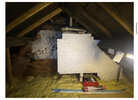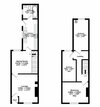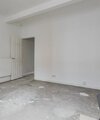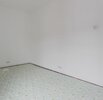Hi,
I’m not sure if i’ve put this in the correct thread, sorry if not.
I am in the process of buying a house and the rear chimney has been completely removed sometime in the past however, the front chimney remains and it has been left like this in the loft (image attached). Does anyone know if this support is done correctly or is this likely to be a problem to the structure of the house?
We have raised the questions with our solicitor regarding building regs as advised by the surveyor but i just wondered if this is done correctly or is it likely to come back as an issue and delay things.
Thanks in advance!
I’m not sure if i’ve put this in the correct thread, sorry if not.
I am in the process of buying a house and the rear chimney has been completely removed sometime in the past however, the front chimney remains and it has been left like this in the loft (image attached). Does anyone know if this support is done correctly or is this likely to be a problem to the structure of the house?
We have raised the questions with our solicitor regarding building regs as advised by the surveyor but i just wondered if this is done correctly or is it likely to come back as an issue and delay things.
Thanks in advance!





